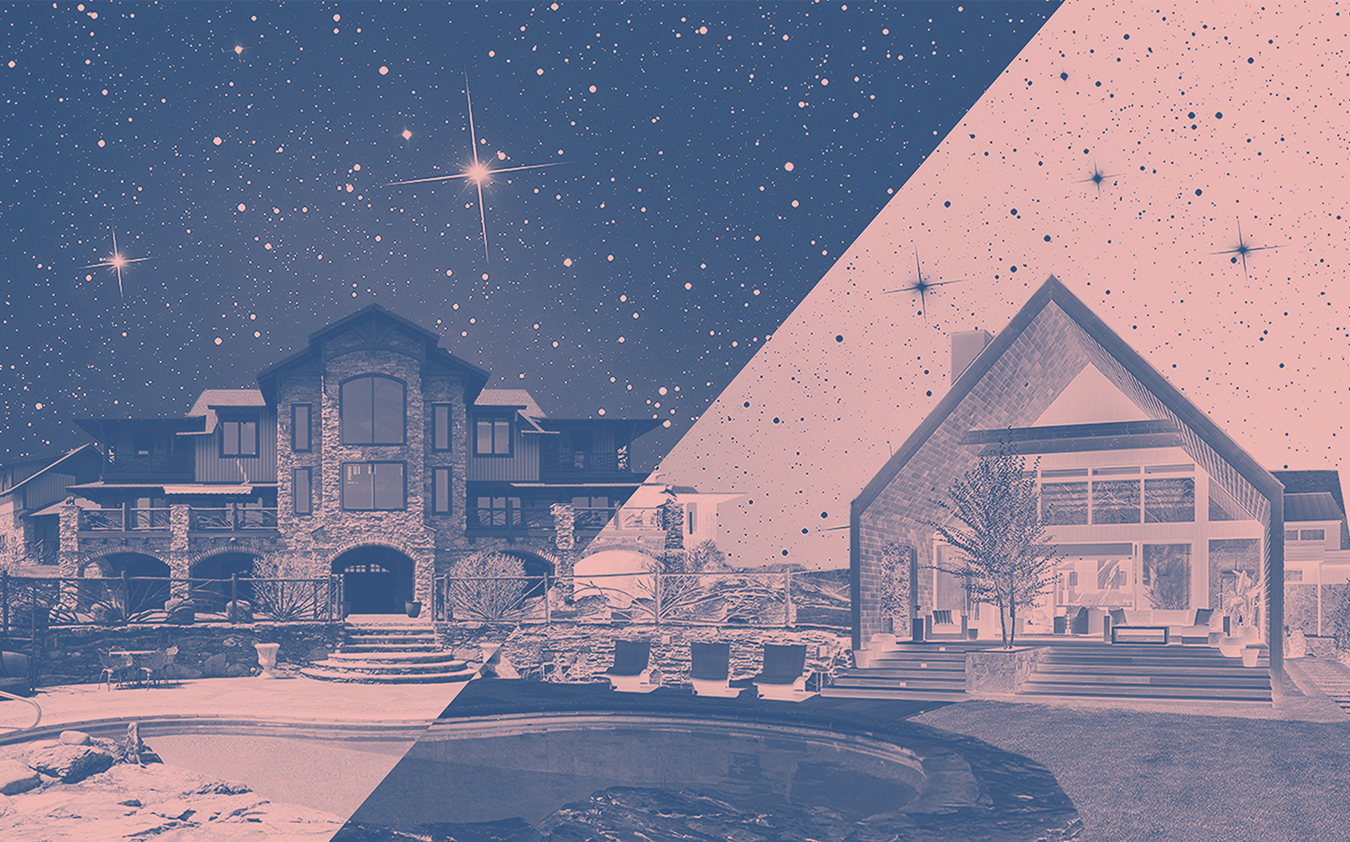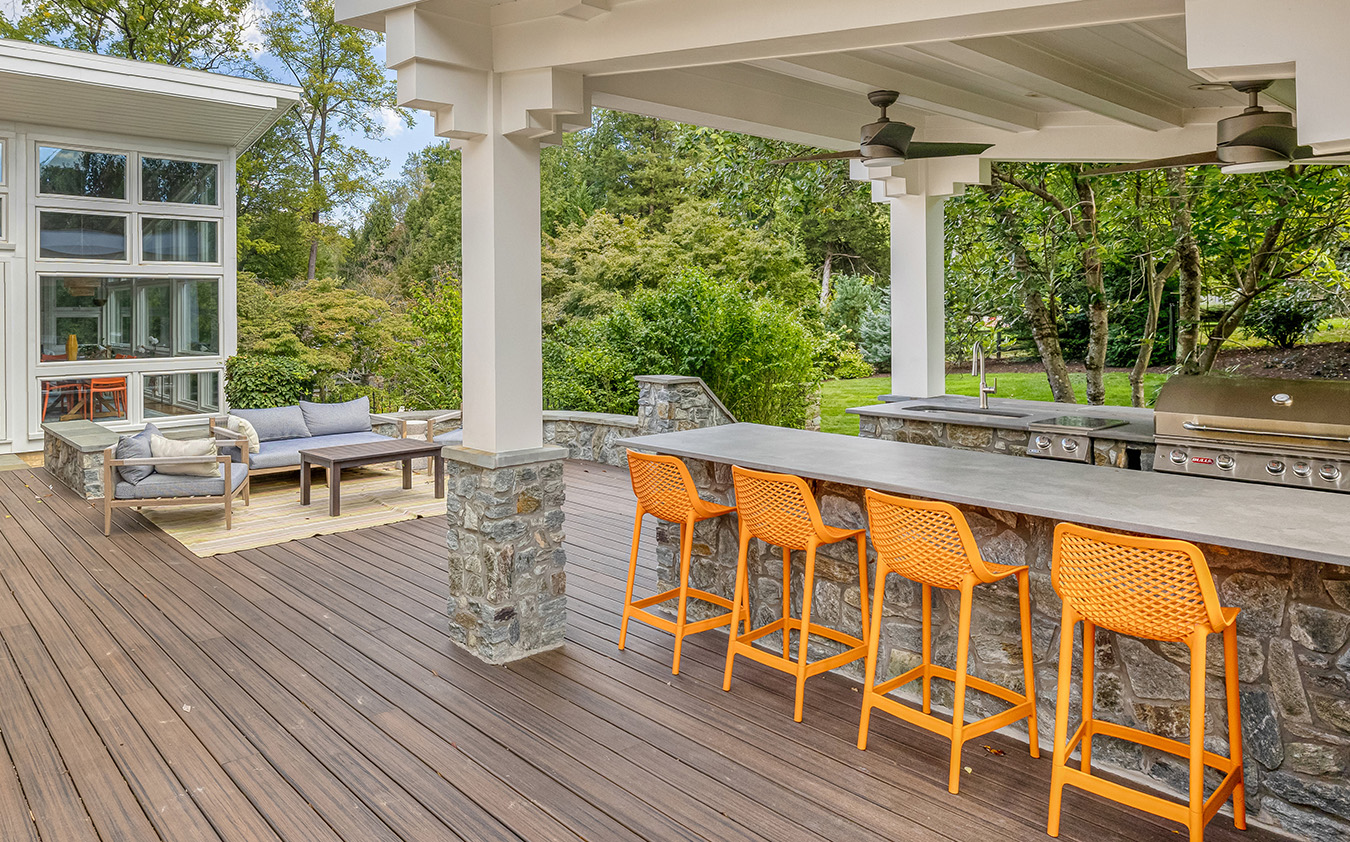
A Park Slope Brownstone Gets a Modern Renovation
Apart from its recently rebuilt stoop, the exterior of the four-story brownstone at 167 6th Avenue, a leafy street in North Park Slope, looks much as it did more than a century ago. The row house, according to the Landmarks Preservation Commission, was built in 1874, a time when Brooklyn was home to wealthy families, and dark-colored sandstone from nearby quarries was the handsome veneer of choice.
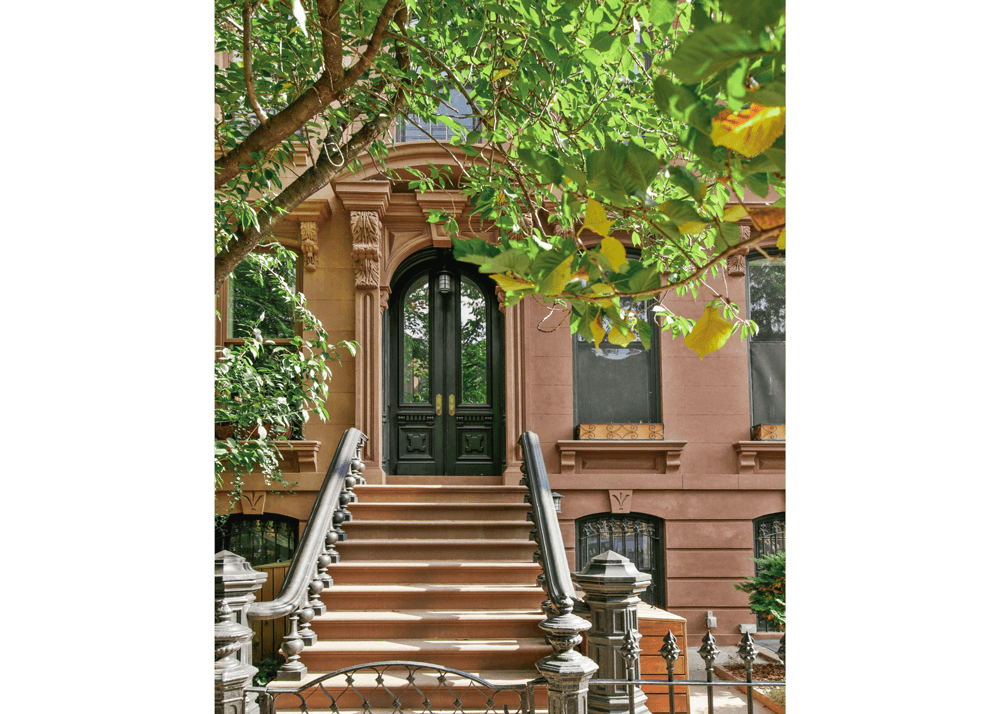
But when the city of Brooklyn became a borough of Greater New York in 1898, things started to change. Wealthy families departed, and many brownstones became working-class homes and boarding houses. A 1906 listing in The Brooklyn Daily Eagle described the brownstone at 167 6th Avenue–now represented by Associate Broker, Lesley Semmelhack–as offering a “large front alcove room, also large square back room, nicely furnished; all modern conveniences; each suitable for two,” as well as,“home comforts; select neighborhood; convenient L and surface cars.”
In the 1960s, the borough began to change again, as the upper middle class trickled in. “It was not, and is not, a flood,” Pete Hamill wrote in New York magazine in 1969. “But it has begun.” Hamill praised Brooklyn as the “sane alternative” to Manhattan, “a part of New York where you can live a decent urban life without going broke… a place where it is still possible to see the sky, and all of it only 15 minutes from Wall Street.”
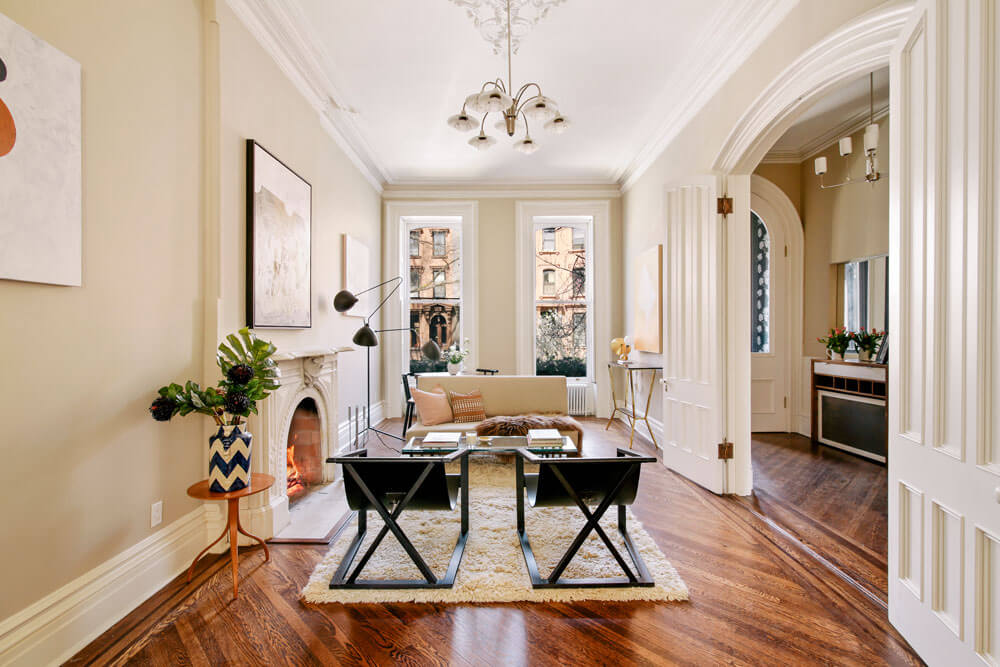
In 2017, Hamill’s words still ring true, and brownstones once again are the most coveted style of homes in Brooklyn. But inside the brownstone at 167 6th Avenue, much has changed. Kimberly Neuhaus, founder of the full-service architecture firm Neuhaus Design, over the past two years meticulously renovated the five bedroom, three bathroom home. “We started with the house as it was,” Neuhaus said, “and then explored how to best bring it into the 21st century without losing its soul and history.”
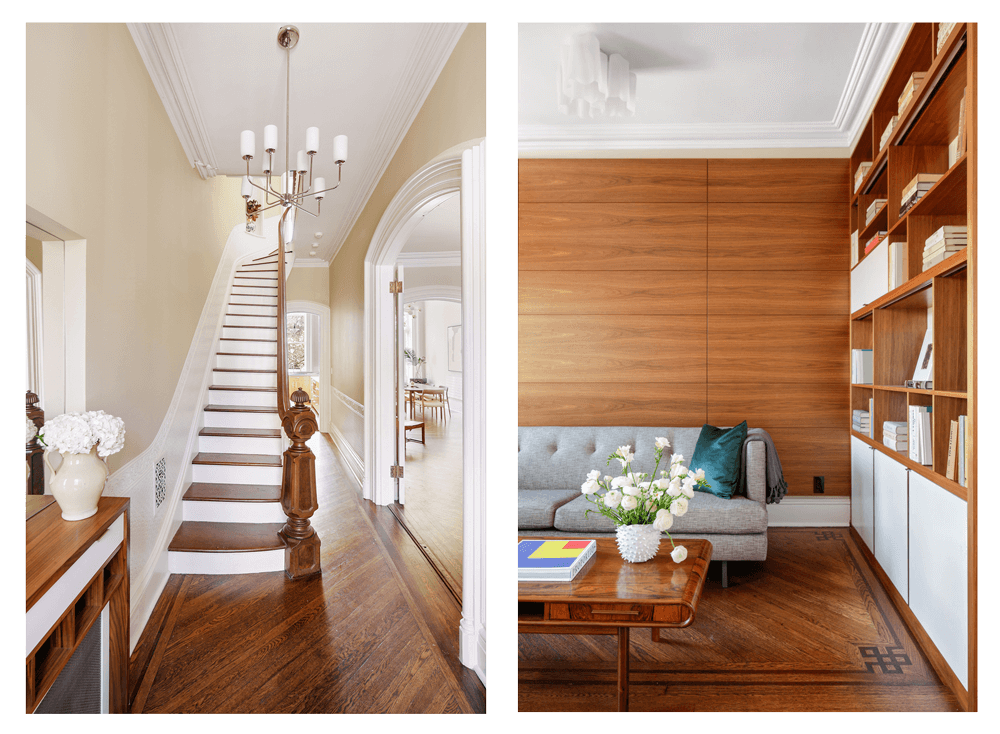
Neuhaus preserved many of its stately details, such as the moldings, shutters, top-nailed floors, handrails, newel posts and spindles, but also worked with the homeowners — who love natural materials and mid-century modern design — to realize the contemporary update. “I love contrasting modern interventions, such as cabinetry, bathrooms, and kitchens, with the more traditional original details,” Neuhaus explains. “Just like a room with furniture from various periods, each piece informs the other.”
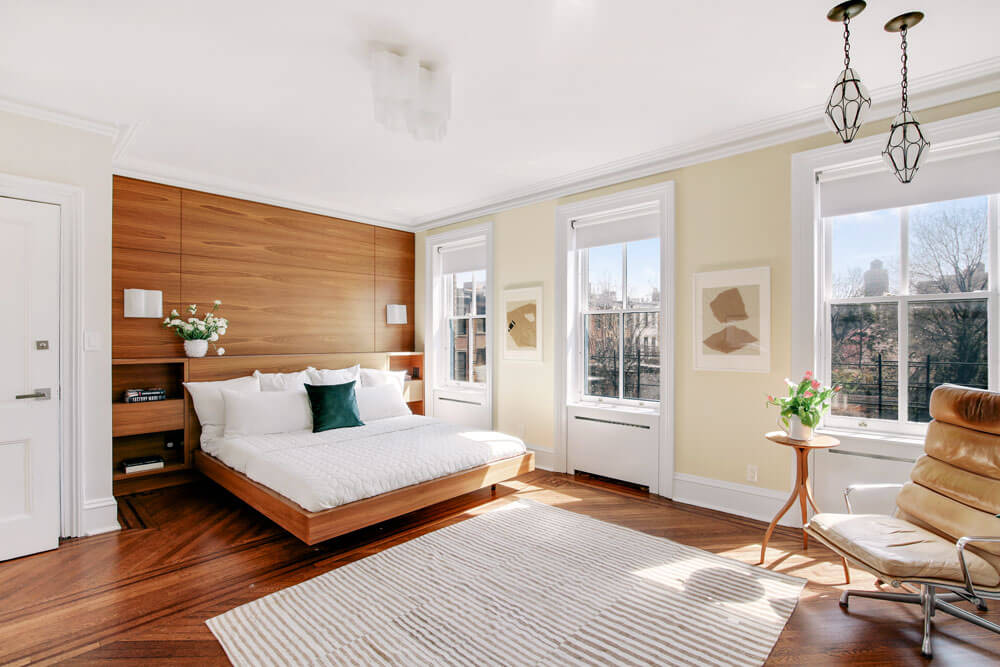
In both bedrooms on the top floor, for example, Neuhaus added walnut wall panels and built-ins, which accentuate the original oak floors; in the bathrooms, bamboo plywood punctuates expanses of marble. “The beauty of natural wood was very important to these clients,” she explains. “The softness of the wood, materially and visually, serves as a good foil for the hardness and more graphic nature of the bathroom stone.” A modern kitchen was also essential to her clients, who love to cook, so Neuhaus designed it around professional-grade appliances and amenities. It boasts a 39-inch Lacanche French range and sub-zero wine refrigerator with Quartzite countertops and custom cabinets.
The renovation proved a labor of love for Neuhaus, who moved to Brooklyn with her husband in 1998 and started her practice on the ground floor of her own brownstone. “While my office is no longer in my house, and we do have projects outside of Brooklyn, my favorite projects are always the ones I can bike to from my office in Gowanus. Brownstone Brooklyn has given me lots of opportunities to do what I love.”
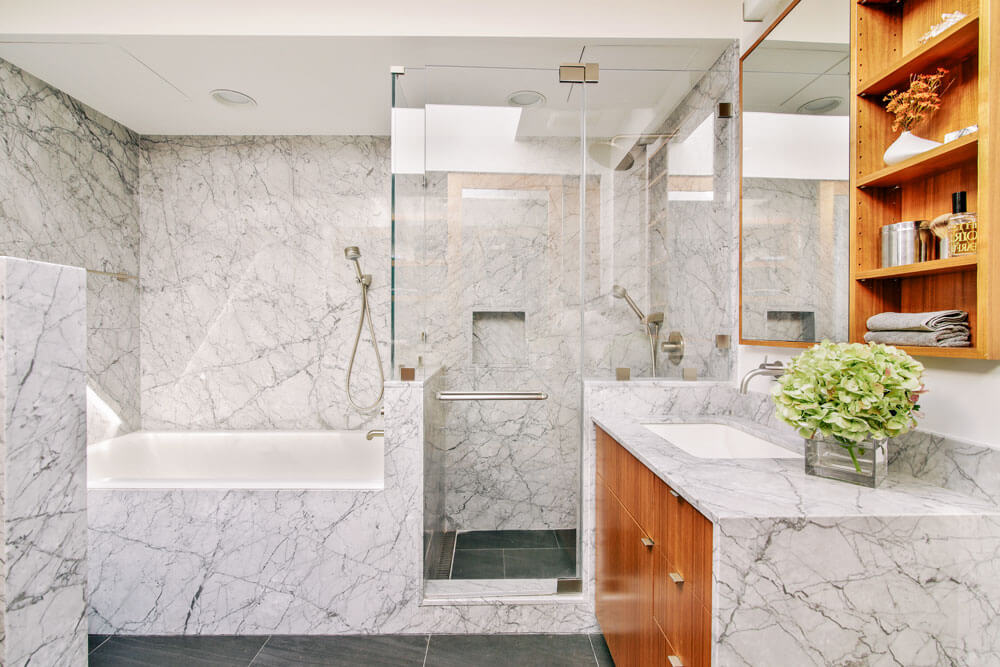
Here, Neuhaus shares how she balances historical details with modern updates in clients’ brownstones:
Respect the details, but know when to edit
“Old houses have layers of visual interest created by the elaborate details, but you don’t have to keep them all. Many of the rooms in this house had a picture rail. We opted to remove that throughout to allow for a more continuous wall plane.”
Utilize skilled craftsmen
“In these houses, the workmanship of the original carpenters tended to be excellent. Renovations will blend more seamlessly when the new work is of the same caliber.”
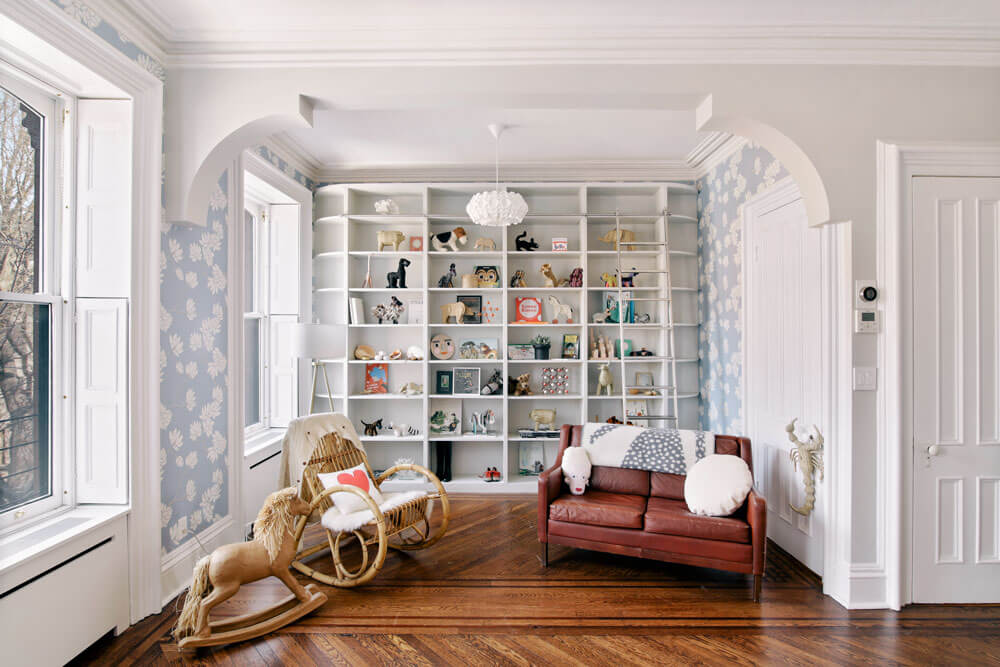
Contrast the trim color
“Even when very subtle, a contrast in color between trim and wall celebrates the traditional trim details. Throughout this house, the trim was painted a consistent soft white while the wall colors vary from a pale cream to a gorgeous, vibrant blue-patterned wallpaper.”
Select materials you love
“When you renovate an old home many of the materials are pre-existing. Your new interventions should be constructed of materials that you love. Here our clients loved specific woods and stones and we celebrated those materials in our designs.”

Juxtapose old and new
“So many people are afraid of the juxtaposition. Unless you are a traditionalist, your historical house doesn’t have to have a traditional kitchen. Don’t be afraid to express yourself. In this house, the contrast of old and new serves to inform and strengthen both.”
For more information about 167 6th Avenue in Park Slope, click here and contact Lesley Semmelhack.
[embed_cta url=”https://goo.gl/L4Fbgq”]Search Park Slope Homes[/embed_cta]


